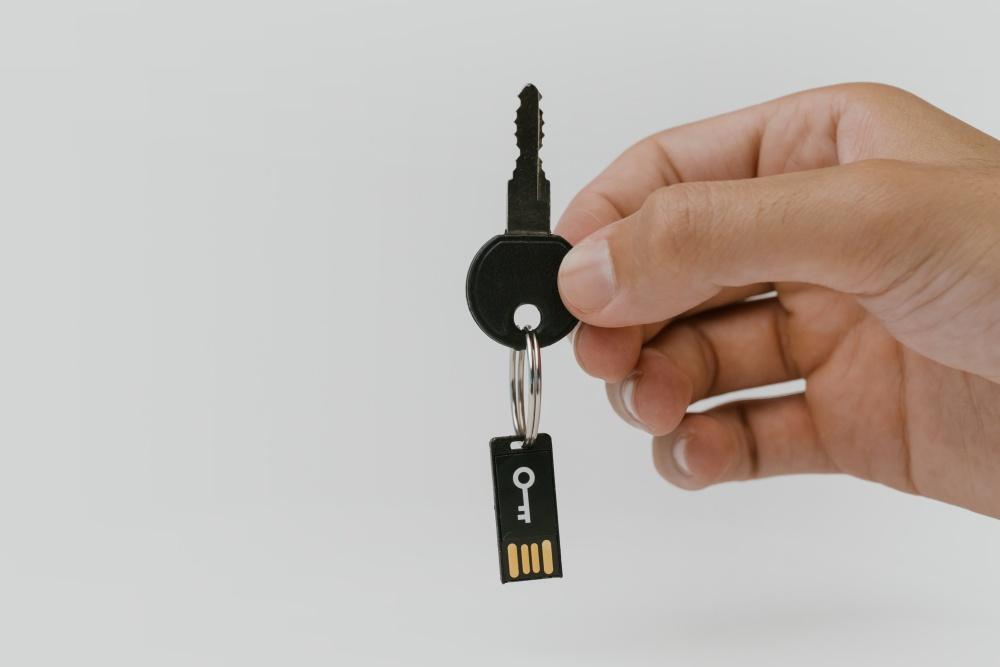A short introduction about Cyber Security
by Daniela Meier

Today we will give you a short introduction about a very important IT topic. Cyber Security measures protect organizations, individuals or networks from digital attacks, theft or damage. The IT Governance defines Cyber Security as: “the application of technologies, processes and controls to protect systems, networks, programs, devices and data from cyber-attacks. It aims to reduce the risk and protect against the unauthorized exploitation of systems, networks and technologies.”
Some of the most powerful Cyber Security tools include the following:
Why is it so important?
The world is becoming more dependent on computers and technology making it more vulnerable to attacks.Cyber attacks are a real threat to businesses of all sizes and can cause significant financial and reputational damage. They can also lead to major disruptions in critical services such as hospitals, emergency services, and utilities. Many people don't realize that good Cyber Security isn't just about preventing every attack or breach. It's also about making it harder for criminals to access your information, devices, and networks. If done right, cyber-attacks become less attractive and increase the chances that a cyber-criminal will go elsewhere to look for an easier target. It's a bit like putting up a fence around your house: if your fence is short, criminals can easily climb over it; but if it's tall they're more likely to move on to another house rather than waste their time trying to get over it.
Many factors such as the pandemic, the rise of Cryptocurrencies, and an increase in remote work are all coming together to create an environment for criminals to take advantage of. During the breakout of Covid, reported cases of cyber-attacks have increased dramatically. In April 2020 when Covid cases were rapidly increasing in Switzerland, there were 350 cyber attacks per week , up to three times as much as the monthly average between f 100 - 150. The above demonstrates that cyber-attackers saw an opportunity during the pandemic, as most people were working from home and did not enjoy the same level of protective measures typically in place in a company office. Studies have shown that 47% of individuals fall for a phishing scam while working at home. Another important consideration is that the average cost of a data breach resulting from remote working can be as much as $137,000 (source: Deloitte).
What are some types of cyber-attacks?
There are many types of computer attacks. Below we briefly explain the most common types:- Malware, the most prevalent, is a malicious program that installs itself on your device without your knowledge. It’s used to disrupt computer networks, steal information, and commit fraud.
- A backdoor is a shared secret method of bypassing normal authentication in a given system. They may be created by each party, as either unintentional flaws or intentional features, and are often unknown for some time. They exist primarily because they are difficult to detect and remove once implemented.
- Phishing is the attempt to acquire sensitive information such as usernames, passwords, and credit card details (and sometimes, indirectly, money) by masquerading as a trustworthy entity in an electronic communication. Typically carried out by email spoofing or instant messaging, it may also take place on social media sites or via text messages.
- Ransomware is a type of malicious software that blocks access to a computer system until a sum of money is paid. Once installed on a target machine,it will scan all the files on your computer and lock them up with an encryption key. It will then display a message telling you that you need to pay a ransom in order for you to be able to use your computer again.
- Trojan horses are pieces of computer software that purport to perform a desirable function but instead contain code designed to gain access to a user’s system.
What are the most effective Cyber Security tools organizations can implement?
Cyber Security is a daily concern for individuals, businesses and governments. Where there are networks, there are attacks. They come in many forms, and most of them can be mitigated by using the proper tools to secure the network.Some of the most powerful Cyber Security tools include the following:
- A firewall, also known as a network firewall, is one of the most common types of security software installed on networks to protect them from unauthorized access by outsiders. It is designed to prevent unwanted traffic from entering or leaving a private network or computer system. A firewall can be configured to allow or deny an exchange based upon criteria such as the sender's address, the recipient's address, or the type of information being sent.
- Encryption is a process of protecting information that is stored or transmitted. The data is encoded using an algorithm for reading it only by those who have the correct "key" to decode and read it. Encryption ensures that your information remains safe, even if someone gets their hands on it.
- Antivirus is software installed on computers, phones and other devices to scan and protect them from malware. Viruses can compromise your device by infecting it with unwanted programs, altering your files or allowing hackers access to your sensitive data. Antivirus software can help remove these viruses and keep your device secure in the process.
Conclusion
Cyber Security is one of the most important and challenging issues we face today. But it’s also one of the most in-demand areas of expertise, making it a great avenue for those looking to get involved in Information Security. If you want to learn more about Cyber Security and even consider a career in the domain, check out our 8 weeks intensive Bootcamp designed to make you a specialist upon graduation. In the program, you’ll learn everything from methodologies to analyze, recover, defend or gain access to any system. Or you can start with our 15h online short course, developed by experts in this field.